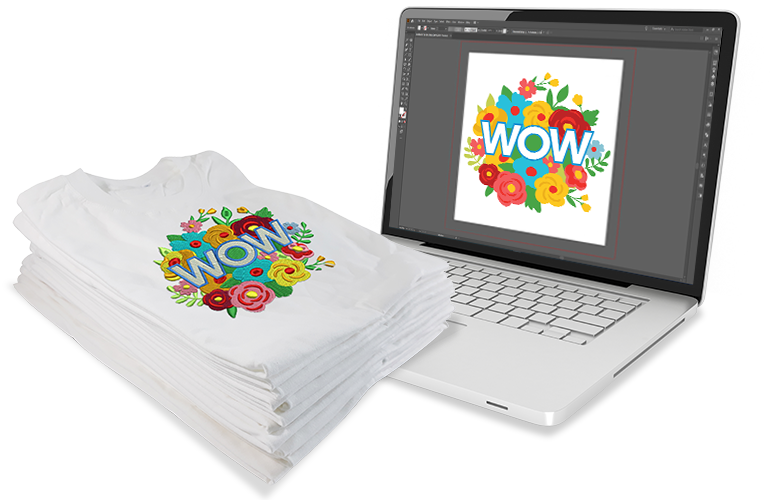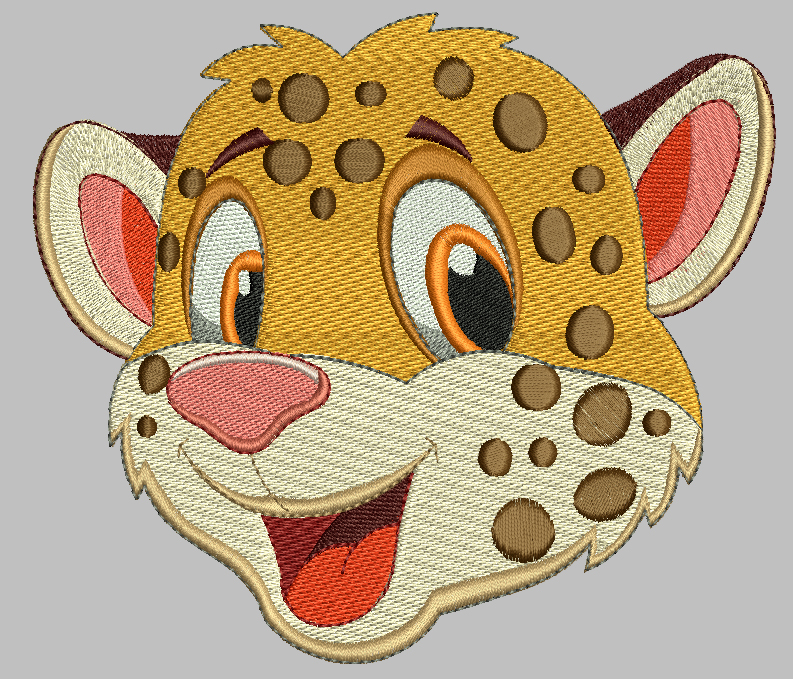Efficient Digitizing for Embroidery: Quick Turnaround
Efficient Digitizing for Embroidery: Quick Turnaround
Blog Article
Grasping the Needlework Digitizing Process: Your Ultimate Guide
Needlework digitizing is a precise craft that needs precision and experience to translate complex layouts right into electronic styles for maker embroidery. As artisans embark on this trip to grasp the embroidery digitizing process, a detailed understanding of the basics establishes the foundation for quality.

Comprehending Needlework Digitizing Essentials
Embroidery digitizing basics create the structure upon which complex layouts are translated right into machine-readable styles for precise stitching. This initial action in the needlework digitizing procedure is crucial for making certain that the final stitched product is a devoted depiction of the initial design. Recognizing needlework digitizing fundamentals involves realizing crucial concepts such as stitch kinds, stitch direction, thickness, rug, and draw settlement.
Stitch kinds play an essential function in figuring out the visual and textural end result of the stitched design. By picking the suitable stitch type, whether it be satin, fill, or running stitch, digitizers can achieve the preferred effect and improve the overall quality of the embroidery. Additionally, stitch instructions affects the flow and measurement of the layout, while thickness determines the spacing and protection of the stitches.
Additionally, padding sewing gives security to the style by protecting the fabric and avoiding distortion throughout the needlework process. Draw settlement is an additional important factor to consider to neutralize the natural propensity of fabric to contract when stitched. Mastering these embroidery digitizing fundamentals is essential for creating professional-quality embroidered items.
Choosing the Right Digitizing Software
Choosing the ideal digitizing software is a critical choice that considerably impacts the efficiency and high quality of the embroidery digitizing procedure. Digitizing for Embroidery. When choosing the right digitizing software application, it is important to consider factors such as the complexity of designs you prepare to create, the user-friendliness of the software program, the degree of customer assistance used, and the compatibility with your embroidery device
There are various digitizing software program alternatives readily available in the marketplace, varying from basic programs for beginners to innovative software program for expert digitizers. Some preferred choices include Wilcom EmbroideryStudio, Hatch Needlework Software Program, and PulseID. These software program bundles offer a variety of tools and attributes to help you develop detailed designs effortlessly.
Prior to choosing, it is advisable to discover the various software application options with cost-free trials or demonstrations to determine which one best suits your needs. Furthermore, reading testimonials and seeking suggestions from knowledgeable digitizers can provide valuable understandings into the strengths and weaknesses of each software package (Digitizing for Embroidery). By very carefully assessing your demands and comparing the attributes of various digitizing software application, you can make an educated choice that improves your embroidery digitizing process
Digitizing Devices and Strategies

Optimizing Layout Setup for Needlework
Mastering the ins and outs of layout settings is fundamental in achieving optimum outcomes in the needlework digitizing procedure, building upon the foundation laid by recognizing digitizing tools and strategies. When enhancing layout settings for needlework, it is vital to take into consideration variables such as stitch kind, density, underlay, draw settlement, and registration. Registration settings straighten different components of the layout accurately, keeping overall design integrity.

Troubleshooting Common Digitizing Issues
When coming across common digitizing issues during the needlework procedure, it is important to understand the source and execute reliable remedies without delay. One common issue is stitch thickness problems, where stitches may be as well dense, creating the fabric to pucker, or as well sporadic, bring about spaces in the layout. Readjusting the stitch density setups in the digitizing software application can my response aid resolve this issue.
An additional regular challenge is string breaks during the needlework process. This can occur because of numerous factors such as wrong tension setups, boring needles, or using low-quality string. Making certain appropriate maintenance of the needlework equipment, including normal needle adjustments and tension changes, can reduce the occurrence of string breaks.
Moreover, design enrollment errors can lead to misaligned elements within the needlework style. Inspecting the layout placement in the digitizing software application and making needed changes prior to stitching can assist in avoiding this concern. By resolving these usual digitizing concerns promptly and efficiently, you can make sure a smoother needlework process and top notch ended up products.
Final Thought
To conclude, grasping the needlework digitizing procedure needs her latest blog a strong understanding of the fundamentals, the appropriate option of software, and expertise of tools and methods. Optimizing layout settings and fixing usual digitizing issues are important action in making certain top notch needlework results. By following these steps diligently, one can achieve accuracy and efficiency in the digitizing procedure.
Report this page